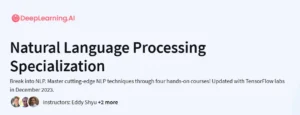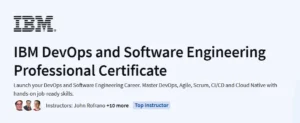What will you in the An Introduction to Interactive Programming in Python (Part 1) Course
Understand basic programming concepts such as expressions, conditionals, and functions.
Implement event-driven programming to create interactive applications.
Utilize graphical interfaces to build simple games and applications.
Develop problem-solving skills applicable to computer science.
Program Overview
Week 0: Statements, Expressions, Variables
⏱ Duration: ~2 hours
Introduction to the course structure and Python as a calculator.
Understanding variables and basic expressions
Week 1: Functions, Logic, Conditionals
⏱ Duration: ~3 hours
Defining and using functions.
Implementing logic and conditional statements.
Creating a program that plays a variant of Rock-Paper-Scissors.
Week 2: Event-Driven Programming, Local/Global Variables
⏱ Duration: ~3 hours
Introduction to event-driven programming concepts.
Understanding the scope of variables.
Building an interactive guessing game.
Week 3: Canvas, Drawing, Timers
⏱ Duration: ~3 hours
Learning to draw on a canvas using Python.
Implementing timers for interactive applications.
Creating a digital stopwatch application.
Week 4: Lists, Keyboard Input, Basics of Modeling Motion
⏱ Duration: ~3 hours
Working with lists and handling keyboard input.
Modeling motion in applications.
Developing a version of the game “Pong”.
Get certificate
Job Outlook
Foundational knowledge in Python programming is highly sought after in various industries.
Skills acquired are applicable to roles such as software developer, data analyst, and game developer.
Understanding event-driven programming and GUI development opens doors to interactive application development.
Explore More Learning Paths
Enhance your Python programming skills with these related courses and resources. From fundamentals to interactive coding, these learning paths will help you become confident in Python and apply it to real-world projects.
Related Courses
Python 3 Programming Specialization
Master Python 3 programming concepts and apply them to practical applications in finance, data science, and software development.Python Programming Fundamentals
Build a strong foundation in Python, covering variables, functions, loops, and essential programming concepts.Introduction to Python Programming
Learn the basics of Python programming, including syntax, data structures, and introductory problem-solving exercises.
Related Reading
What Is Python Used For
Explore the wide range of Python applications in programming, data science, AI, web development, and automation.
Specification: An Introduction to Interactive Programming in Python (Part 1) Course
|





